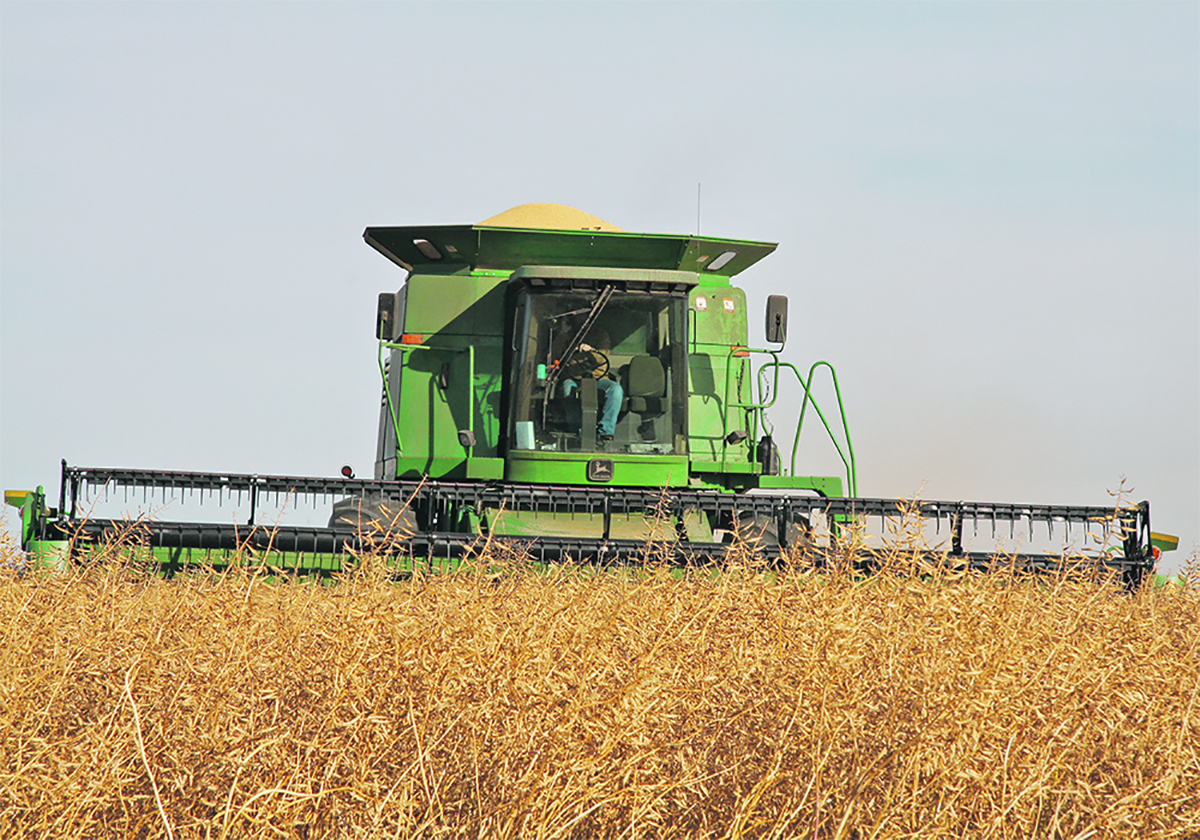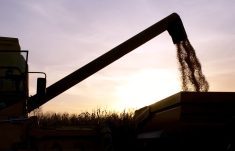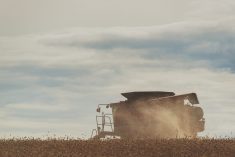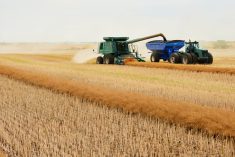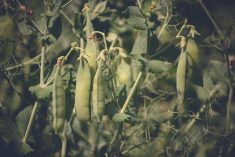Glacier FarmMedia | Marketsfarm — Some areas of Saskatchewan received more than 100 millimetres of precipitation while others remained dry as harvest operations began during the week ended Aug. 4.
The province’s weekly crop report released on Aug. 7 said while crops have rapidly developed due to warm and dry conditions, isolated thunderstorms brought moisture to areas which could no longer help early seeded crops.
Old Wives in southcentral Saskatchewan received the most precipitation in the province at 132 mm, followed by Vanguard in the southwest at 119 mm and Cadillac, also in the southwest, at 95 mm.
Read Also
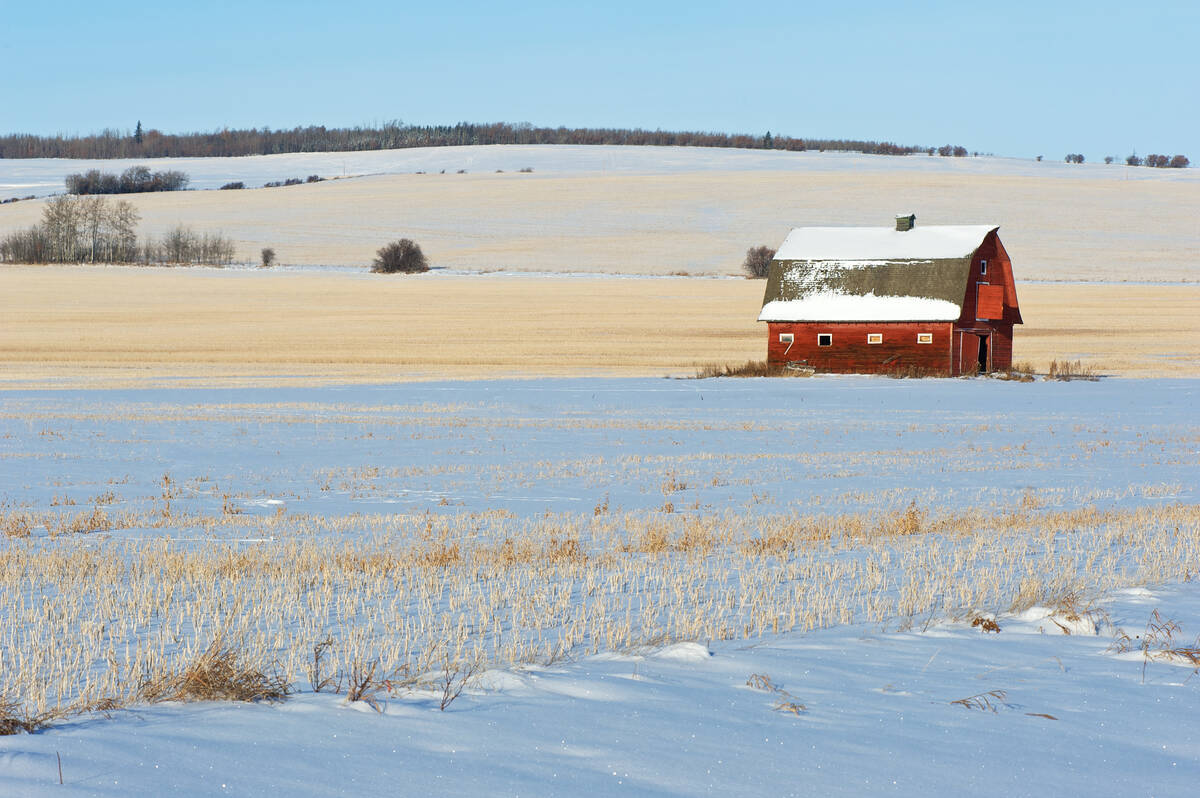
Prairie forecast: Plenty more chances for snow over Holidays
The pattern of Pacific storm system after Pacific storm system looks set to continue for a while longer. We begin this forecast period with a heavy snowfall warning in effect across parts of Alberta.
Despite the rains, topsoil moisture levels for cropland areas were five per cent surplus, 54 per cent adequate, 33 per cent short and eight per cent very short. Hayland topsoil moisture was four per cent surplus, 48 per cent adequate, 37 per cent short and 11 per cent very short. Pasture topsoil moisture was four per cent surplus, 52 per cent adequate, 32 per cent short and 12 per cent very short.
Crops in areas that have received sufficient rain so far this year were generally at normal stages of development while moisture-stressed crops were typically ahead of normal growth stages. As a result, harvest progress across Saskatchewan was at one per cent with most operations in the southwest. The province’s winter wheat crop was 13 per cent harvested, followed by seven per cent of fall rye. One per cent of lentils and peas were also combined. Most producers were servicing equipment, hauling grain and cleaning bins to prepare for harvest.
Fall cereals were the most developed with 97 per cent developing normally or ahead of schedule. Pulse crops were at 94 per cent, spring cereals were at 92 per cent, annual forage was at 91 per cent, perennial forage was at 90 per cent and oilseeds were at 87 per cent.
Pasture conditions varied due to the wide range of moisture across the province. Six per cent of pastures were in excellent condition, 36 per cent were good, 32 per cent were fair, 19 per cent were poor and eight per cent were in very poor condition.
Minor crop damage was reported in areas experiencing hot temperatures paired with dry conditions. There were also reports of grasshoppers, wind and wildlife causing minor crop damage in certain areas.

